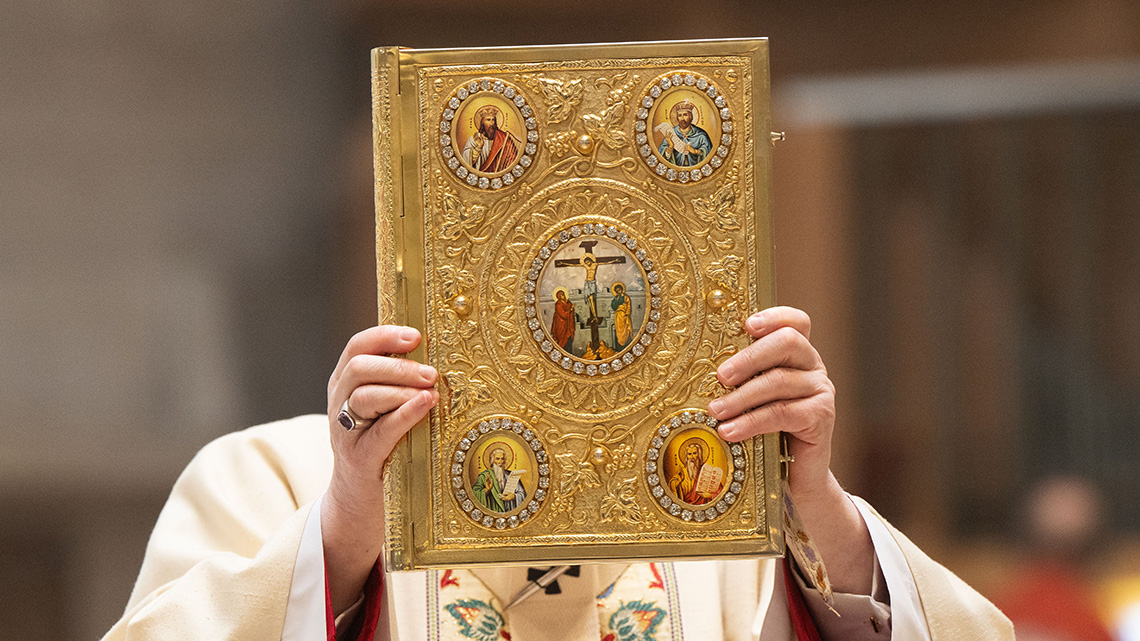A Catholic edition of the Bible has a translation that reflects a Catholic understanding of scripture, has received an imprimatur from a Bishops’ Conference, and has study notes to assist the reader.

There are a number of characteristics of a Catholic edition of the Bible:
The Church is also open to collaboration ecumenically on the preparation of biblical translations recognising that this can be a fruitful form of co-operation and of developing shared understandings.
The Introduction to the Lectionary states that an translation of scripture for use in the liturgy should, in addition to the criteria above, an emphasis is place on the suitability of the text for proclamation and for singing. The Introduction to the Lectionary states:The version of the biblical passages should conform to the Latin text for liturgical use, taken from the Neo-Vulgate (the Latin edition of the Bible).
In translating the texts of Sacred Scripture, while observing the principles of sound exegesis and of the careful consideration of linguistic experts, one must diligently attend to the liturgical use, and to the demands of oral communication, of proclamation, and of singing, especially with regard to the Psalms and the biblical Canticles. (LMI 111)
Biblical Sources
As a starting point the Old Testament was initially written in Hebrew and the New Testament was written in Greek. An early text of the Old Testament is the Septuagint. This a translation into Greek by Jews who were in Alexandria (Egypt) in 3rd-2nd centuries BC. It is important for two reasons: some of the earliest surviving manuscripts of the Old Testament are the Greek text and this is the text which New Testament writers refer to and would have been familiar to the early Church.
Some books of the Old Testament are only found in the Greek Septuagint text — they are not found in Hebrew sources. They are not therefore found in the Jewish canon of scripture — canon meaning an agreed set of books. These books are sometimes referred to as Deuterocanonical which means ‘second Canon’. Because they were seen as an authentic part of scripture these texts are accepted as part of the biblical canon by the Catholic and Orthodox Churches. They are not accepted as part of canon by Protestant denominations though they may be included as a separate section.
The Deuterocanonical texts include some complete books and some additions to other books:
A Catholic Bible includes these texts and integrates them into the Old Testament. This question does not affect the New Testament, the books of which are accepted by Catholics, Orthodox and Protestants.
Find out more about the Bible by visiting our site dedicated to Sacred Scripture – The God Who Speaks.
What is a Lectionary?
Frequently Asked Questions (FAQs)
What is a Catholic edition of the Bible?
Translating the Bible